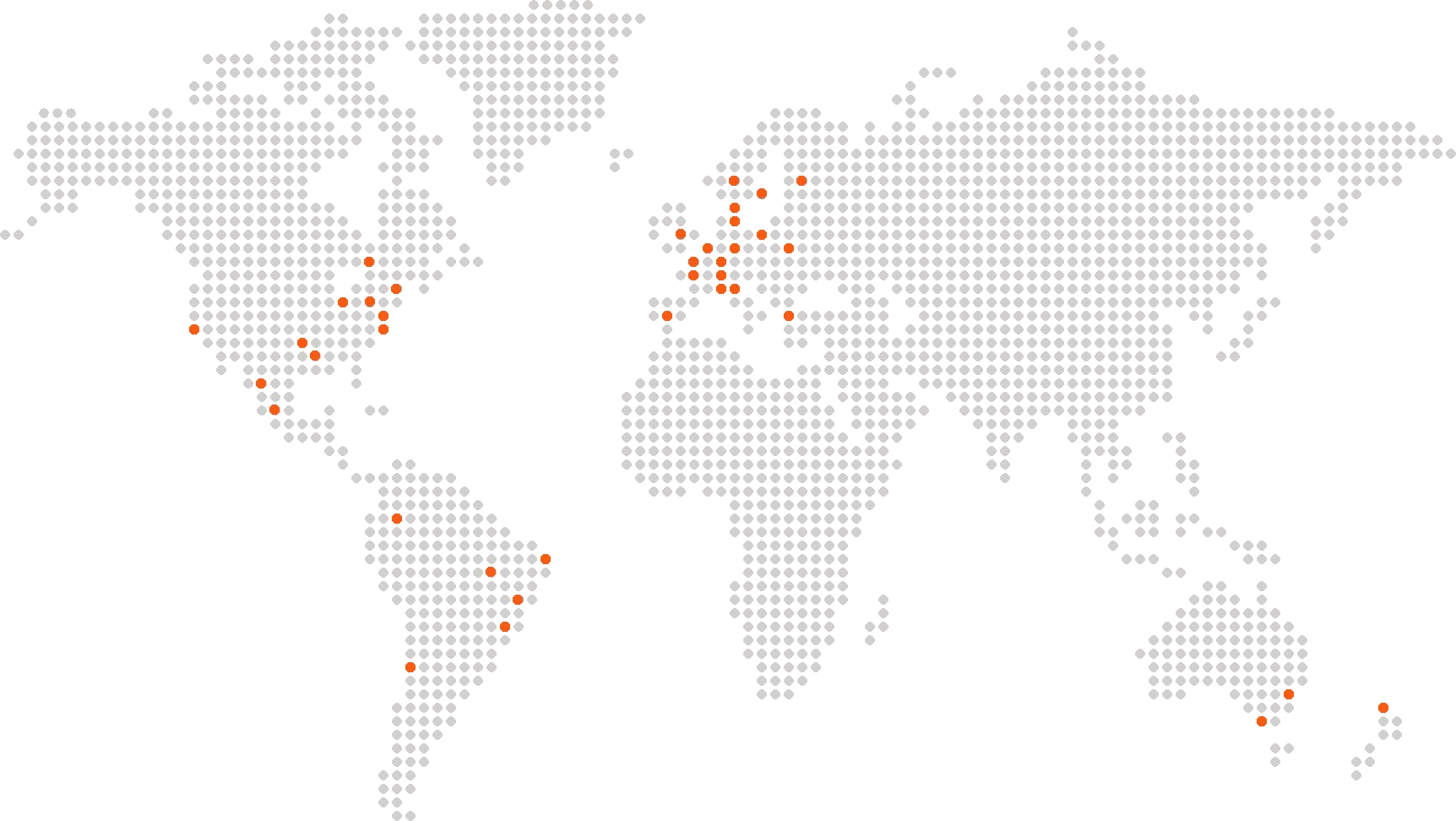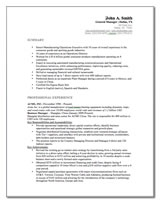A well designed and executed executive resume will tell a very clear explicit story, but will also send very compelling implicit messages.
Every resume is a one-of-a-kind communication mechanism with both explicit and implicit messages. It should be appropriate to your situation and the story you want to tell.
Identify what you want your resume to do and convey before you get started. Put together the content once your target message is clear.
Here are 10 basic guidelines for building a high-impact executive resume.
Dates, titles, responsibilities and education are part of the explicit side of your story. But you won’t be successful if you attempt to explicitly convey leadership skills, behaviors, strategic thinking or other business and leadership competencies. Those need to be built into the implicit messages your resume must convey.
No one wants to hear you are a quick learner, a team leader or capable of working under pressure. Hiring managers want to see evidence when they are quickly reading your resume. If the right message is there, the implicit message will get across stronger than an explicit adjective.
If I did two tours of duty in Iraq defusing roadside bombs would I need to tell you that I work well under pressure? It might be an extreme example but not much different than the implicit message of strong leadership skills if I successfully managed the integration of a newly acquired company.
Resumes are still made and formatted for paper but most organizations, recruiters and executive search firms use customer relationship management (CRM) and applicant tracking systems (ATS) to store, search and manage your information as a potential candidate. Your resume needs to look good on paper but should also be cut-and-paste friendly and parser friendly to make it easy to incorporate into applicant tracking systems. Most importantly your resume needs to be easy to search for.
A parser is a tool that reads your resume, breaks down the information and automatically enters critical data such as name, phone, address and email into a CRM or applicant tracking system.
The harder it is for someone to enter your information into their system, the higher the likelihood of your resume ending up in a lost inbox or an untraceable directory in a hard drive.
Consider that the most common file format is Microsoft Word. Stay away from getting creative and putting together a PowerPoint resume or an Excel based resume. Avoid the fancy formatting, most notably tables, tabs and bullets that will distort if cut and paste is used to import your resume (tables are the least friendly of the bunch). Use universal fonts such as Arial or Times New Roman.
Most resume templates found in MS-Word are table based and designed to print well. Avoid those templates and start from scratch or use a template that is straight forward and simple.
Make it easy for people to reach you and don’t complicate the formatting of your personal information. The best place for your personal information in a printed resume is the upper right corner. Think of a folder, stapled pages, or papers held together with a clip. Most of these bind or hold everything together on the upper left corner. We flip through pages holding them with our left hand and browse using our right hand. The most prominent and visible place when doing this is the upper right corner.
The correct format will take up the first 5 or 6 lines of the important paper real estate, but your personal information is critical.
Address
Use the standard address format that you would use to mail a letter. It is not fancy, and it may not be the coolest way to present it, but it will be the easiest to read by a resume parser. The most likely scenario is that nobody will try to reach you by regular mail, but the address and zip code are important when doing a regional search. It is worth repeating: Use your full address in the standard mailing format.
Phone
Include your home, cell phone and if possible your direct work number.
Email
You would be surprised how long resumes stay in a database. Use an email address that you read often, but also use one that will not change if you change jobs (such as a work email address), or one that will change if you move (such as the one provided by an internet services provider).
Consider the impact of the explicit messages your resume will send and the difference between [email protected] versus [email protected] or [email protected]. I don’t want to mislead you into thinking a Hotmail or Yahoo address is not adequate. They are adequate and well accepted as a personal email address that will likely not change over the years.
Anti-discrimination laws have kept pictures away from resumes. An organization, headhunter, or a recruiting firm can’t legally request your picture and some may ask you to remove it to avoid discrimination related grey zones, but there is nothing that says you can’t include it if you feel comfortable doing so.
One of your primary objectives is to become memorable via your resume. People remember faces. If you are screened over the phone hiring managers will make an easier face-name-resume connection. There is value to putting a face to a name.
Having said this, don’t forget the explicit message and use an adequate headshot that will convey a professional and executive demeanor. Avoid a cropped party picture, scanning your diver’s license, or your passport. And please avoid that picture in a tux from last summer’s cruise or your cousin’s wedding. Use a picture that will reflect how you would dress and groom for an interview.
Use this rule of thumb: If you looked at your printed resume the first half of the first page should include your personal information in the upper right corner and a well-written bullet style summary. This summary should have enough information and evidence to help a hiring manager decide if it’s worth their time to read the other ¾s of your resume that should include the details.
I can’t say this enough: Avoid the adjectives and buzz words such as fast learner, team leader, driven sales person, etc.
When someone finishes reading your summary they should have a clear idea of: What, when, where, how, and how long:
What
- The discipline you have focused on with an emphasis on your target (sales, human resources, operations, etc.)
The products that you have worked with (electronics, apparel, beverages, etc.)
The level of leadership and management responsibility
Core strengths and key qualifications.
Where
- The type of organization (public company, global or regional, small or large enterprise, etc.)
- The industries and markets that you have worked in (automotive, retail, consumer goods, financial, etc.)
- The regions where you have done it (United States, Latin America, Asia, etc..)
How long
- Your total years of working experience, and the specific time spent in each what and where.
How
- This should reflect key data supported achievements and evidence of how well you performed in each what and where.
- It should also include key information regarding specific knowledge that could be relevant to your experience and performance such as language skills and certifications.
The summary should have a carefully chosen explicit message and a carefully crafted implicit message.
Here is a sample summary:
SUMMARY
- Senior Manufacturing Operations Executive with 19 years of overall experience in the consumer goods and sporting good industries
- 10 years of experience as an Operations Director.
- Worked for a $3.6 billion global consumer products manufacturer operating on 4 continents.
- Expert at executing automated manufacturing systems/processes and operational excellence initiatives, while enhancing performance, improving quality, reducing costs, and generating sustainable revenue/EBITDA gains.
- Skilled at managing financial and cultural turnarounds
- Have led teams of up to 7 direct reports with over 600 indirect reports.
- Performed duties as an expatriate plant manager during a period of 4 years in Mexico, and 3 years in China.
- Certified Six-Sigma Black Belt
- Fluent in English (native), Spanish and Mandarin.






